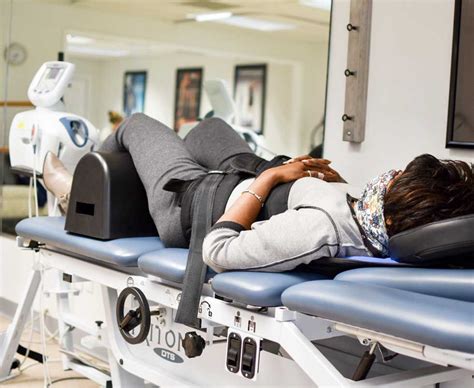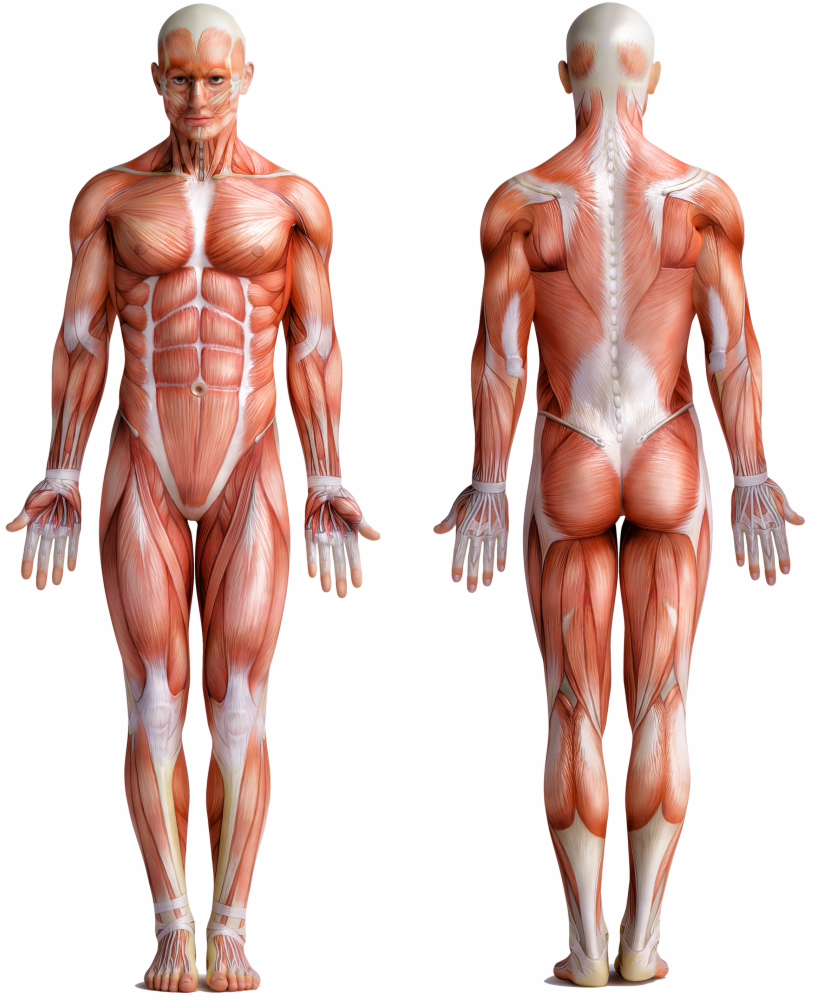-

-
About Us
- Our Vision
-
Personalized Care
Personalized Care Personalized Care Intro
Diagnostic Tests
- Digital X-Ray
- DynaROM
- 3D Body Scanning
- Gastrointentinal Health
- Organic Acids
- Comprehensive Stool Analysis
- Food Sensitivity
- Dietary Antigen Complete
- Endocrinology
- Thyroid Panel
- DUTCH Hormone Test
- Neurotransmitter Profile
- Adrenal Profile
- Nutritional Status
- Vitamin D
- Homocysteine
- Methylmalonic Acid
- Urine Iodine
- Organic Acids
- Copper Zinc Profile
- Essential Fatty Acid Profile
- RBC Metals & Minerals
- Toxic & Essential Elements
- RBC Elements
- Urine Toxic Metals
- Hair Metals & Minerals
- Urine Halides
Treatments
- Avacen Therapy
- Bioidentical Hormone Replacement Therapy (Anti-Aging)
- Chiropractic Care
- Electric Muscle & Nerve Stimulation
- Emsculpt Neo
- Emsella Treatment
- Erchonia Laser (Model EVRL)
- Exosomes
- Hair Restoration
- Headache & Migraine Treatment
- Hyaluronic Acid Injection
- Intersegmental Traction
- IV Nutrient Therapy
- Laser Lipo
- Massage Traction Chair
- PRP Facials
- PRP for Erectile Dysfunction
- PRP for Female Sexual Dysfunction
- PRP for Pain Relief
- PRP for Urinary Incontinence
- Semaglutide
- Shockwave Therapy for Cellulite & Skin Tightening
- Shockwave Therapy for Pain Relief
- Shockwave Therapy for Female Sexual Dysfunction
- Shockwave Therapy for Male Sexual Dysfunction
- Skin Rejuvenation
- Spinal Decompression
- TENS Unit
- Testosterone Replacement Therapy (TRT)
- Therapeutic Ultrasound
- Thyroid Care
- Trigger Point Therapy
- Durable Medical Equipment
- Ankle-foot Orthosis
- Cervical Rehab Coller
- Custom Foot Orthotics
- Lumbosacral Orthosis
- Osteoarthritis Knee Brace
- Wrist Brace
- FAQs
- Testimonials
- Pain Relief
- Weight Loss
-
Sexual Wellness
-
Anti-Aging
-
Resources
- Blog
- Video Library
- Store
-
Health Condition Library
Health Condition Library
- Ankle Osteoarthritis
- Bulging Spinal Disc
- Carpal Tunnel
- Cervical Degenerative Disc Disease
- Cervical Radiculopathy
- Elbow Bursitis
- Erectile Dysfunction
- Fatigue
- Female Hormone Imbalance
- Female Sexual Dysfunction
- Fibromyalgia
- Foot Arthritis
- Frozen Shoulder
- Golfer’s Elbow
- Hand Arthritis
- Headache
- Hip Bursitis
- Hip Osteoarthritis
- Hyperthyroidism
- Hypothyroidism
- Knee Bursitis
- Knee Osteoarthritis
- Low Testosterone
- Lumbar Degenerative Disc Disease
- Migraines
- Musculoskeletal Pain
- Obesity
- Osteoarthritis
- Plantar Fasciitis
- Plantar Fibroma
- Rotator Cuff Injury
- Sciatica Pain
- Shoulder Bursitis
- Shoulder Osteoarthritis
- Tennis Elbow
- Thoracic Degenerative Disc Disease
- Urinary Incontinence
- Weight Gain
- Wrist Arthritis
- Wrist Bursitis
- Contact

Spinal decompression is a non-surgical treatment option for relieving back and neck pain. It involves gently stretching the spine to relieve pressure on the spinal discs, which are the gel-like cushions between the vertebrae. This technique aims to create negative pressure within the discs, allowing any herniated or bulging material to retract and promoting the movement of oxygen, water, and nutrients into the discs.
Spinal decompression can be performed using various devices, such as traction tables or specialized machines. During the treatment, the patient lies on a table and is secured with harnesses or straps. The machine then applies a controlled pulling force, which is adjusted based on the individual’s condition and response.
The benefits of utilizing spinal decompression for medical treatment options include:
- Pain relief: Spinal decompression can help alleviate chronic back and neck pain by reducing pressure on the nerves and discs. This can lead to a decrease in inflammation and irritation, providing relief for conditions like herniated discs, degenerative disc disease, and spinal stenosis.
- Non-invasive: Unlike surgical interventions, spinal decompression is a non-invasive procedure that does not require incisions or anesthesia. This makes it a safer and less risky option for patients who may not be suitable candidates for surgery.
- Improved mobility: By decompressing the spine and reducing pressure on the discs, spinal decompression can enhance spinal flexibility and range of motion. This can lead to improved mobility and functionality, allowing individuals to engage in daily activities with less discomfort.
- Potential avoidance of surgery: Spinal decompression is often considered as an alternative to surgery. By providing pain relief and promoting healing, it may help some patients avoid the need for invasive procedures.
- Minimal downtime: After a spinal decompression session, most patients can resume their daily activities without significant downtime, making this a convenient treatment option for individuals with demanding schedules.
It’s important to note that while spinal decompression can be beneficial for many individuals, it may not be suitable for everyone. It’s always best to consult with a healthcare professional to determine if spinal decompression is the right treatment option for your specific condition.









